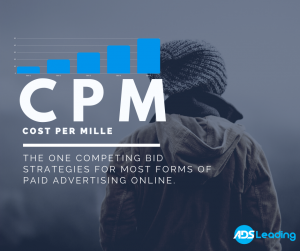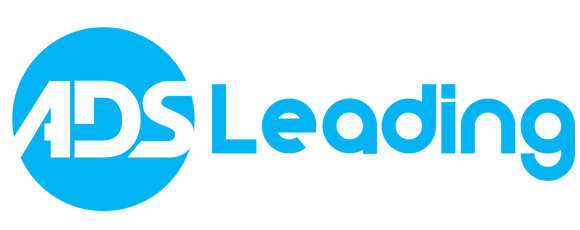Facebook Ads is an online advertising platform owned by Facebook that allows businesses and advertisers to create and run advertising campaigns on the social network. These campaigns can be targeted to specific audiences and measure performance and return on investment.
Here is a step-by-step guide to creating optimal Facebook Ads campaigns:
Set a goal
Before starting to create a Facebook Ads campaign, it is essential to set a goal for it. It could be to increase reach, improve brand awareness, generate leads, or increase sales.
Select the campaign type
Once the goal is set, the appropriate campaign type should be selected. It could be a image or video ad, a story ad, a carousel ad, or a collection ad. Each of these has different features and options, so it’s important to choose the one that best fits the campaign’s needs.
Create the ad
After selecting the campaign type, the ad needs to be created. This includes writing the text, selecting images or videos, and choosing the target audience. It’s important to make sure the ad is aligned with the campaign’s goal and is attractive to the target audience.
Set budget and scheduling options
Once the ad is created, the budget and scheduling options need to be set. It’s important to set a realistic budget and make sure the campaign runs at the right time to reach the target audience.
Measure and optimize performance
After launching the campaign, it’s important to measure and optimize performance. This includes analyzing performance data such as reach, clicks, cost per click, conversion rate, etc. Based on this data, adjustments can be made to the ad, target audience, budget, and scheduling to improve campaign performance.
Use advanced targeting tools
Facebook Ads offers a wide range of advanced targeting options such as behavior targeting, interests, location, demographics, etc. It’s important to take advantage of these options to reach a specific audience and increase the campaign’s effectiveness.
Use retargeting
Retargeting is an advertising strategy in which ads are shown to people who have interacted with the brand in the past. This could include website visitors, people who have interacted with a Facebook post, etc. Using retargeting can help increase conversions and return on investment.
Use conversion tracking
It’s important to use conversion tracking to measure campaign performance and ensure that goals are being met. This includes setting up a conversion tracking pixel on the website and using conversion reports to measure campaign performance and make adjustments accordingly.
In summary, creating optimal Facebook Ads campaigns requires a strategic approach and ongoing monitoring. It’s important to set a goal, select the appropriate campaign type, create an attractive ad, set a realistic budget and scheduling, use advanced targeting tools, retargeting and conversion tracking, and measure and optimize campaign performance.

